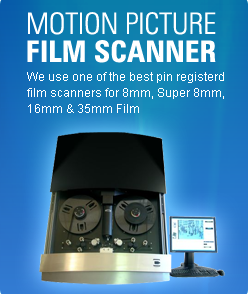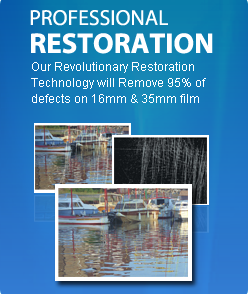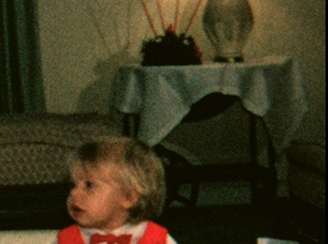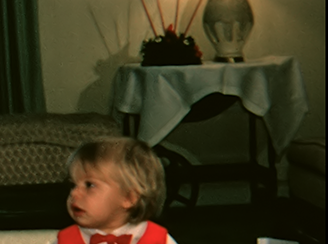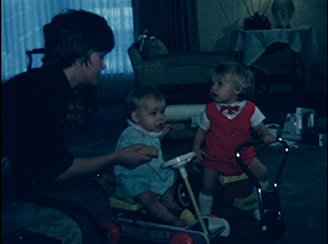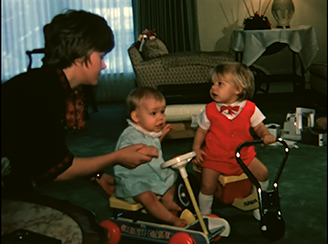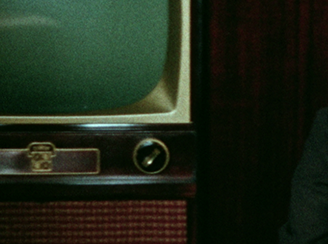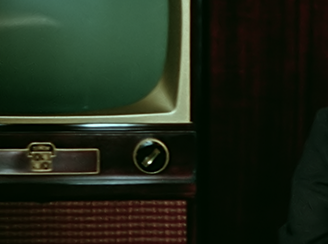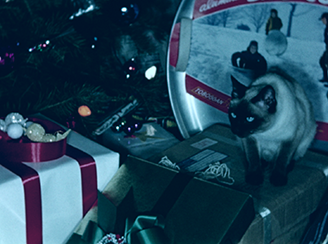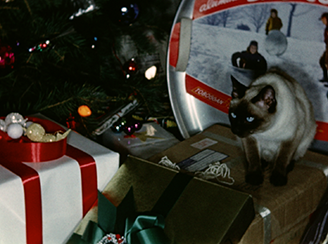
Pro Hollywood Restoration Duluth
We offer 3 restoration options. Color Correction, Grain Elimination and Stabilization Technology.
About 90% of our Duluth customers want the color correction and about 75% do the grain elimination. We do also offer image stabilization. It adds a nice touch to those old home movies.
Color correction is very important for amateur film because we will be able to recover more footage that was shot too dark or has darkened as part of the aging process. The scanner monitors the light and color balance and will change it based on pre-determined algorithms. This means it will pump more light through film that is dark and it will back off on film that is too bright. This will allow us to recover footage that would normally be too dark or too light. In addition, after the scan, an editor will go through the footage looking at skin tone and things like the color of the sky to order to make sure it looks correct. You can see in the examples below how much better the images look with our 2 pass color correction.
Grain is on all film. Look at the "Before" picture below compared to the "After" picture. These little dots muddy up the image and take away from the content you care most about. Now, look at the After picture on the right. This is what you really want to see. We do recommend Grain Elimination on all film for our Duluth customers.
Most amateur films have some stabilization issues just because of the way the film was shot. But, most people are used to seeing this on old movie film (See example video clip below). So, we see stabilization as a nice to have but not required. If you can afford to do it then we would recommend it. If it pushes you outside your budget then we would just recommend the Grain Elimination technology.
Super 8 Film Examples Duluth
|
|
Before |
After |
|
|
|
|
Before |
After |
16mm Film Examples
|
|
Before |
After |
|
|
|
|
16mm Before |
16mm After |
Duluth Fun Facts: Principal highways servicing the city are Interstate I-35, U.S. Routes 2 and 53, and Minnesota State Highways 61 and 210. Named for the first known European explorer of the area (Daniel Greysolon, Sieur du Lhut), Duluth was incorporated as a town in 1857 and as a city in 1870. During much of the twentieth century, the city was an industrial port town, housing several mills, a cement plant, and a U.S.
Minnesota Fun Facts: (This peculiar protrusion is the result of a boundary agreement with Great Britain before the area had been carefully surveyed.) Minnesota is bounded by the Canadian provinces of Manitoba and Ontario to the north, by Lake Superior and Wisconsin to the east, by Iowa to the south and South Dakota and North Dakota to the west. Minnesota is the home of the Mall of America, which holds more than 400 stores and attracts nearly 40 million people a year. Minnesota became the 32nd state of the union on May 11, 1858. A small extension of the northern boundary makes it the most northerly of the 48 conterminous U.S.
